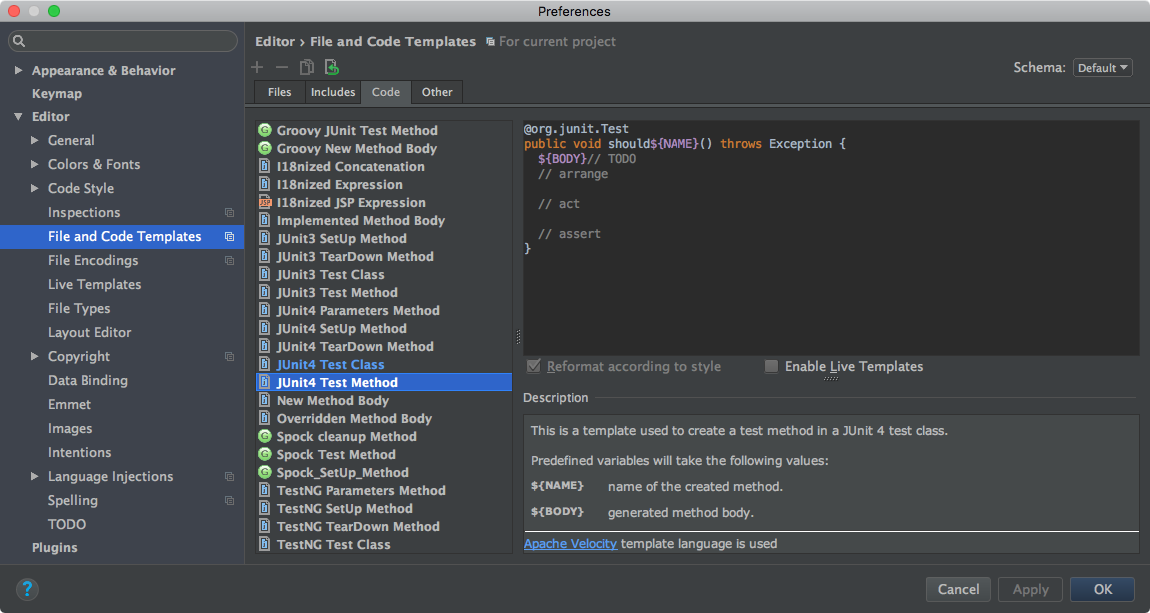

There wasn’t a lot of “hand holding” which can be found in other entry level books. Roy presented the material in a way that seems like he assumes you’re not an idiot. In fact I felt comfortable making my own opinions that extend his foundations. Roy’s tone was fun (especially his little jab at Ayende), but wasn’t so opinionate that it sounded preachy. I felt these two chapters armed me with some good principals on organizing tests and treating them just as important as my production code.Īll in all this was one of the easiest programming books I’ve ever read. Through all my reading of testing on-line, I found it quite simple because the scope of the demos were so small. I can understand how the work mock is overloaded now, and can appreciate the proper terminology and it helps when explaining these concepts to others.įor me Chapters 6 and 7 are where I got the most out of the book. What I liked was how he provided samples of manual stubs and mocks to give the reader a peak under the curtain as to what a mock (err faking, Roy’s personal word preference) framework does for us. In my attempts to apply unit testing to my own code, I experienced nearly everything Roy talks about in this book.Ĭhapter 5 was great a explaining the differences between the terms Stub and Mock. As I read the book I kept finding stories I could relate to. This book felt like an Assertion of what I’ve learned over the last year. About 3 months ago I started writing tests in a more unit test like fashion and things started clicking.
#Unit testing bookz how to#
I saw the benefit of BDD but didn’t feel I had the know how to implement them properly. Net bootcamp with JP Boodhoo but he emphasized BDD style tests. My first hands on testing was when I took the Nothing but. I would categorize myself as relatively new to unit testing. In a recent splurge I purchased 4 books from Manning Press with one of them being The Art of Unit Testing by Roy Osherove.


 0 kommentar(er)
0 kommentar(er)
